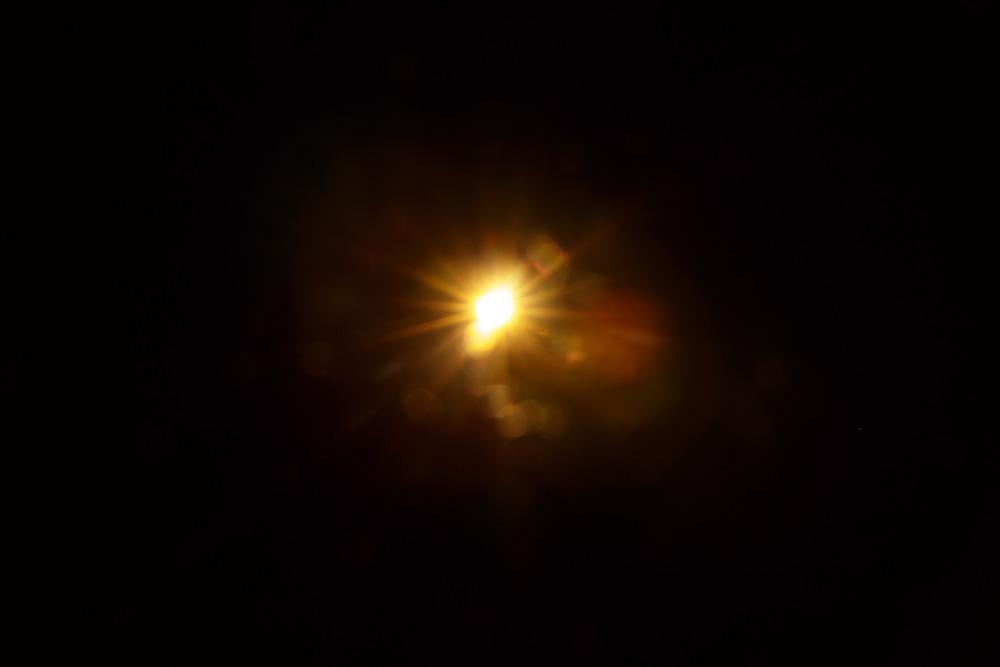Astronomers have observed fast radio bursts from a surprising source closer to our galaxy than previously observed, taking them a step closer to understanding what causes these mysterious phenomena, but also raising additional questions. The research is published online this week in Nature Astronomy and Nature.

Image Credit: Burdun Iliya/Shutterstock.com
FRBs
Fast radio bursts (FRBs) are one of the most mysterious phenomena in the universe: short, unpredictable light flashes lasting just a thousandth of a second. Since their first discovery in 2007 scientists have tried to understand them using radio telescopes to detect their signature bursts.
Whilst they last for an extremely small amount of time, FRBs emit a huge amount of energy, the same as the sun does in the space of a day. Hundreds of these flashes of light happen in the Universe daily and most occur in distant galaxies. To date, astronomers have only observed and recorded a small number of FRBs across the span of the entire cosmos.
Two parallel new studies published online in Nature Astronomy and Nature have presented observations on an extremely close set of repeating bursts from a surprising location. Scientists from the University of Amsterdam and ASTRON in the Netherlands are the lead researchers in the papers. The results of their observations may rewrite the book on these enigmatic, mysterious phenomena.
A Close and Surprising FRB Source
The repeating FRBs were traced to the outskirts of Messier 81 (M81), a spiral galaxy just twelve million light-years away in the constellation Ursa Major, the nearest source so far discovered. There was another surprise in store for the researchers: the repeated bursts were coming from a globular cluster, a dense concentration of ancient stars. So far, FRBs have been seen in locations where there are extremely young, massive stars.
The scientists think that the source is something that has so far not been observed: a magnetar formed from the collapse of a white dwarf. Magnetars are not expected to be surrounded by old stars. These enigmatic objects are dense remnants of exploding stars, and these mysterious objects have the highest magnetism of any known object in the universe.
When binary stars are close enough, one white dwarf absorbs the material from the other and undergoes an accretion-induced collapse, where it becomes a neutron star. This occurrence is rare, but is a simple way of producing FRBs in a cluster of ancient stars.
There was a further, surprising discovery: some of the FRBs were shorter than thus far observed. The brightness of these flashes flickered within the space of only a few nanoseconds. Kenzie Nimmo, one of the lead researchers, has stated that they must have been produced in an infinitesimally small volume of space, potentially as small as tens of meters.
Similar extremely fast signals have been observed emanating from the Crab pulsar. This object is an extremely small, dense remnant of a supernova that was observed in 1054 CE, located in the constellation Taurus. Both pulsars and magnetars are different kinds of neutron stars, objects with the mass of the sun but only the size of a city with strong magnetic fields.
Measurements from twelve radio telescopes spread across half the world in the European VLBI network were used to pinpoint the exact location of the FRBs. Telescopes from Latvia, Germany, Russia, Italy, China, Sweden, and Poland, as well as ASTRON’s Westerbrook Synthesis Radio Telescope were used.
A Magnetar or Something Else?
Across the multi-billion-year life cycle of tight star clusters, strange things happen. The fact that a possible magnetar is giving off these rapid bursts of energy is one of the strangest discoveries so far by scientists studying the universe. According to Franz Kristen, one of the lead researchers, what we are seeing is a star with a highly unusual story. The story of this star could help astronomers write new pages in the story of the universe.
Whether the source of these FRBs is a never-seen-before type of magnetar or something else, like an unusual type of pulsar or a black hole orbiting closely to a massive star, further observations will be needed to confirm what is occurring in the globular cluster in the galaxy M81. The discovery of these FRBs from such a close and surprising source could, like supernovae, provide astronomers with more intimate knowledge about the life and death of stars across the entire universe.
Further Reading
Kirsten, F et al. (2022) A repeating fast radio burst source in a globular cluster [online] Nature 602 pp. 585-589 | nature.com. Available at:
www.nature.com/articles/s41586-021-04354-w
Nimmo, K et al. (2022) Burst timescales and luminosities link young pulsars and fast radio bursts [online] arXivLabs | arxiv.com. Available at:
https://arxiv.org/abs/2105.11446
Disclaimer: The views expressed here are those of the author expressed in their private capacity and do not necessarily represent the views of AZoM.com Limited T/A AZoNetwork the owner and operator of this website. This disclaimer forms part of the Terms and conditions of use of this website.